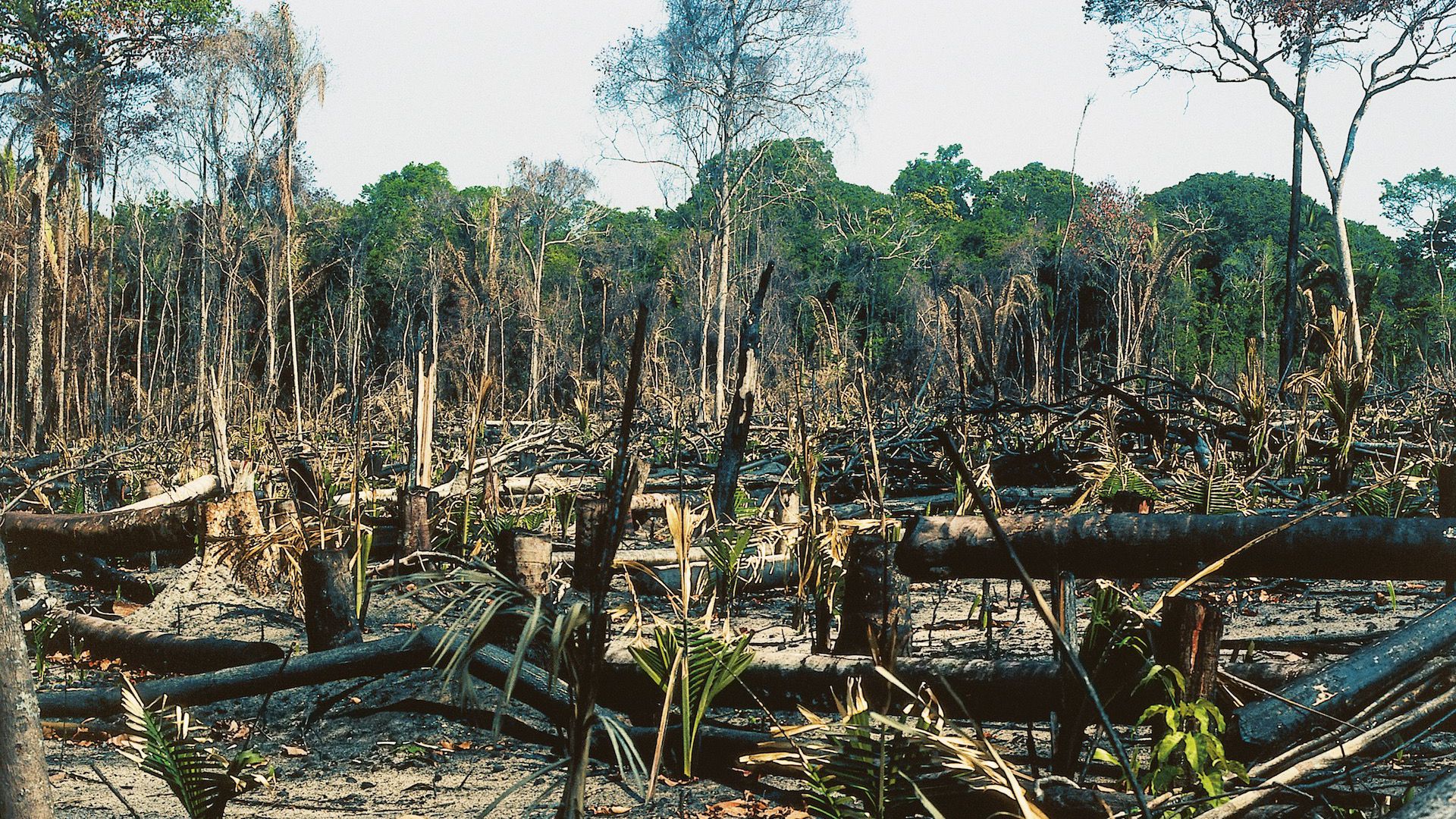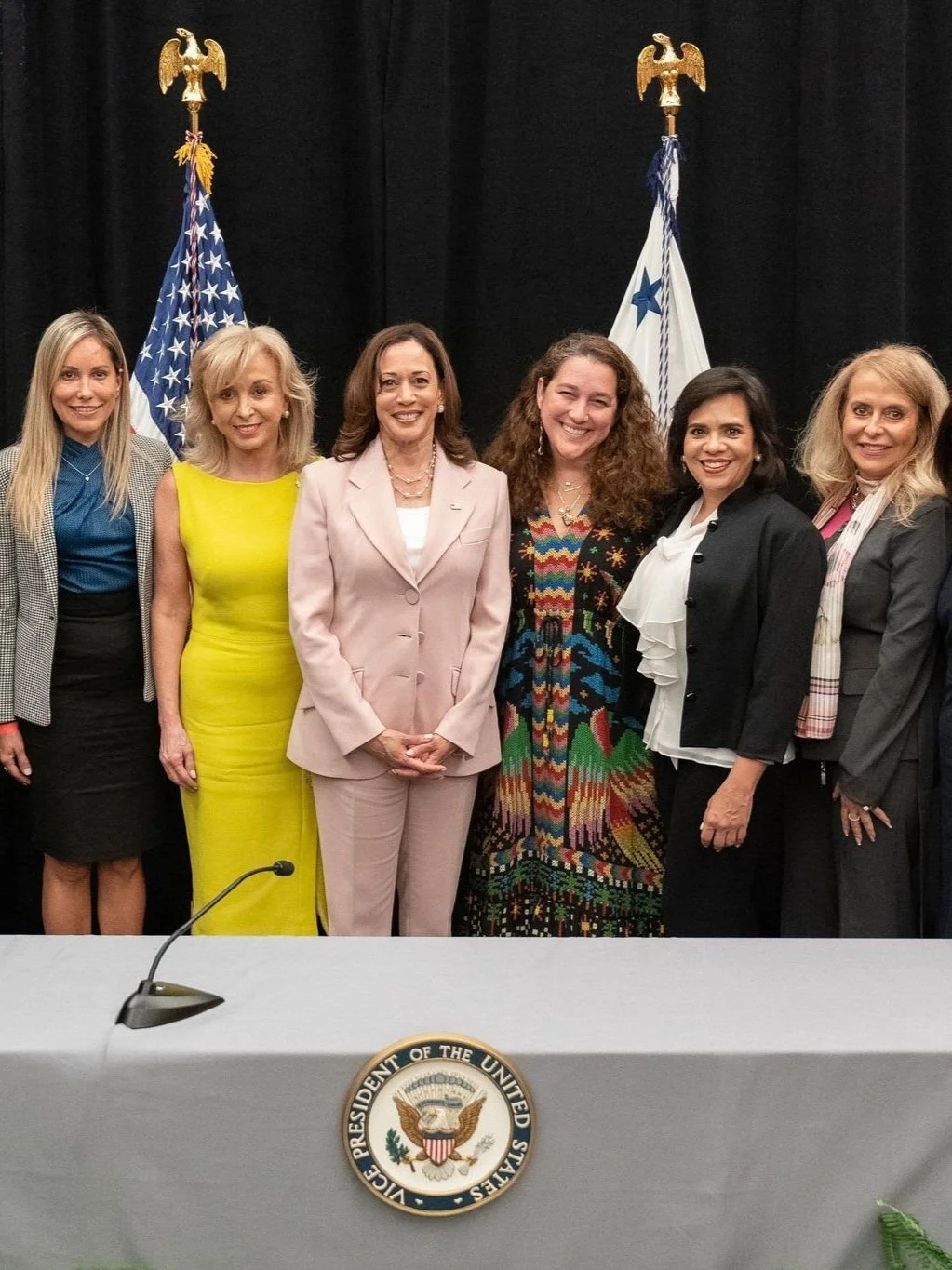Deforestation in the Amazon rainforest, Brazil / Photo: DeAgostini/Getty Images.
“We are nowhere near winning this battle,” explained the World Resources Institute’s Frances Seymour to Matt McGrath, the BBC’s environmental correspondent. "It's really tempting to celebrate a second year of decline since peak tree-cover loss in 2016. But if you look back over the last 18 years, it is clear that the overall trend is still upwards.”
Seymour was speaking following publication of the latest report on the rate of deforestation. While the data gathered by Global Forest Watch, which is run by the World Resources Institute, shows a decline in 2018 against 2016 and 2017, it still represents the fourth highest rate of loss since records began in 2001, with around 12 million hectares of forest in the world's tropical regions lost in 2018, equivalent to 30 football fields per minute. And of particular concern is the continued destruction of what are termed primary forests.
As McGrath writes, as well as providing food and shelter, the trees in the heavily forested tropical regions of the world, from the Amazon in South America, through West and Central Africa to Indonesia, are important to the world as stores of carbon dioxide, and they play a key role in regulating global climate change. Primary forests, those that exist in their original condition and are virtually untouched by humans, are critical to sustaining biodiversity, and are home to animals including jaguars, tigers, orang-utans and mountain gorillas, as well as being crucial as stores of carbon dioxide. "For every hectare of forest loss, we are one step closer to the scary scenarios of runaway climate change," said Seymour.
Looking at the data in detail, Brazil accounted for the greatest primary forest loss in 2018, with the Democratic Republic of Congo now the country with the second largest losses by area. Countries including Colombia, Bolivia and Peru all saw increases in primary forest disappearance, and Madagascar lost 2% of its entire primary forest, more than any other tropical country. The highest rises in percentage terms were recorded in Ghana (60%) and Cote d'Ivoire (26%).
The reasons behind the losses are many and varied, and range from small-scale gold mining to an expansion of cocoa farming in Ghana, to the peace process in Colombia where areas previously held by FARC guerrillas have now been opened up to development. However, there are some positives.
Indonesia managed to reduce primary forest losses in 2018 by around 40%, its lowest rate since 2003, due not only to two wet years that limited the fire season, but by government intervention through initiatives such as the creation of protected areas.
Changes to environmental laws brought in by President Jair Bolsonaro in Brazil are also closely being watched. As McGrath reports, the country experienced a major drop in deforestation between 2007 and 2015, by around 70%, but fires in 2016 and 2017 saw a rise once again. And while 2018 was lower, at 1.3 million hectares, it was still above the historical level.
“The moral imperative to act on these numbers is unquestionable and urgent," said Seymour.












